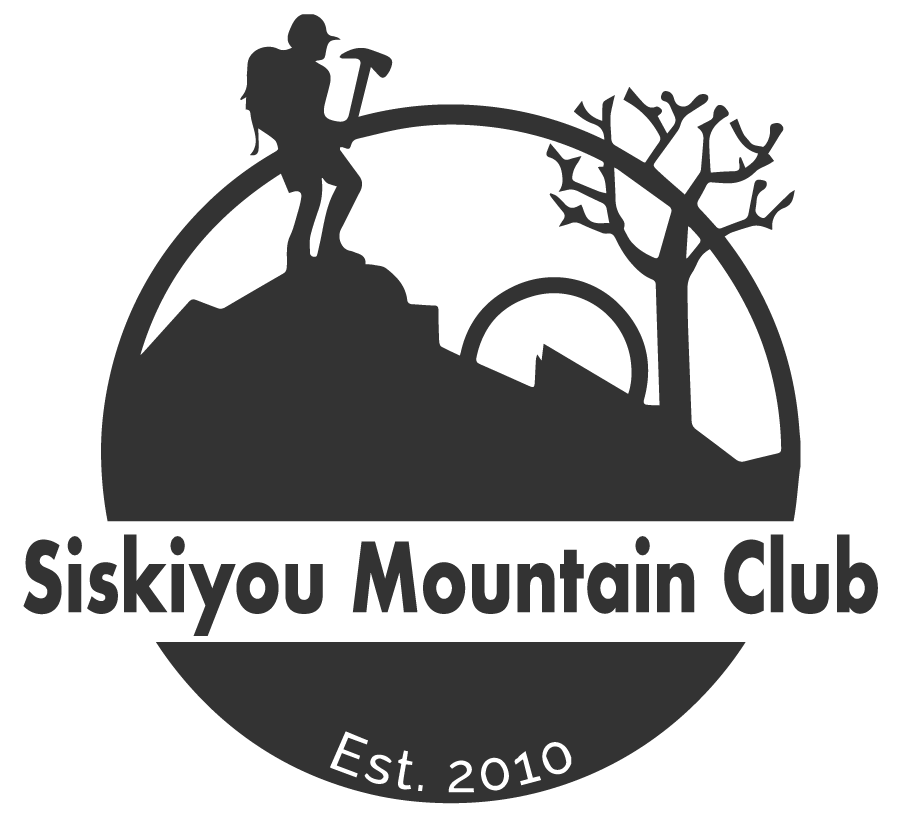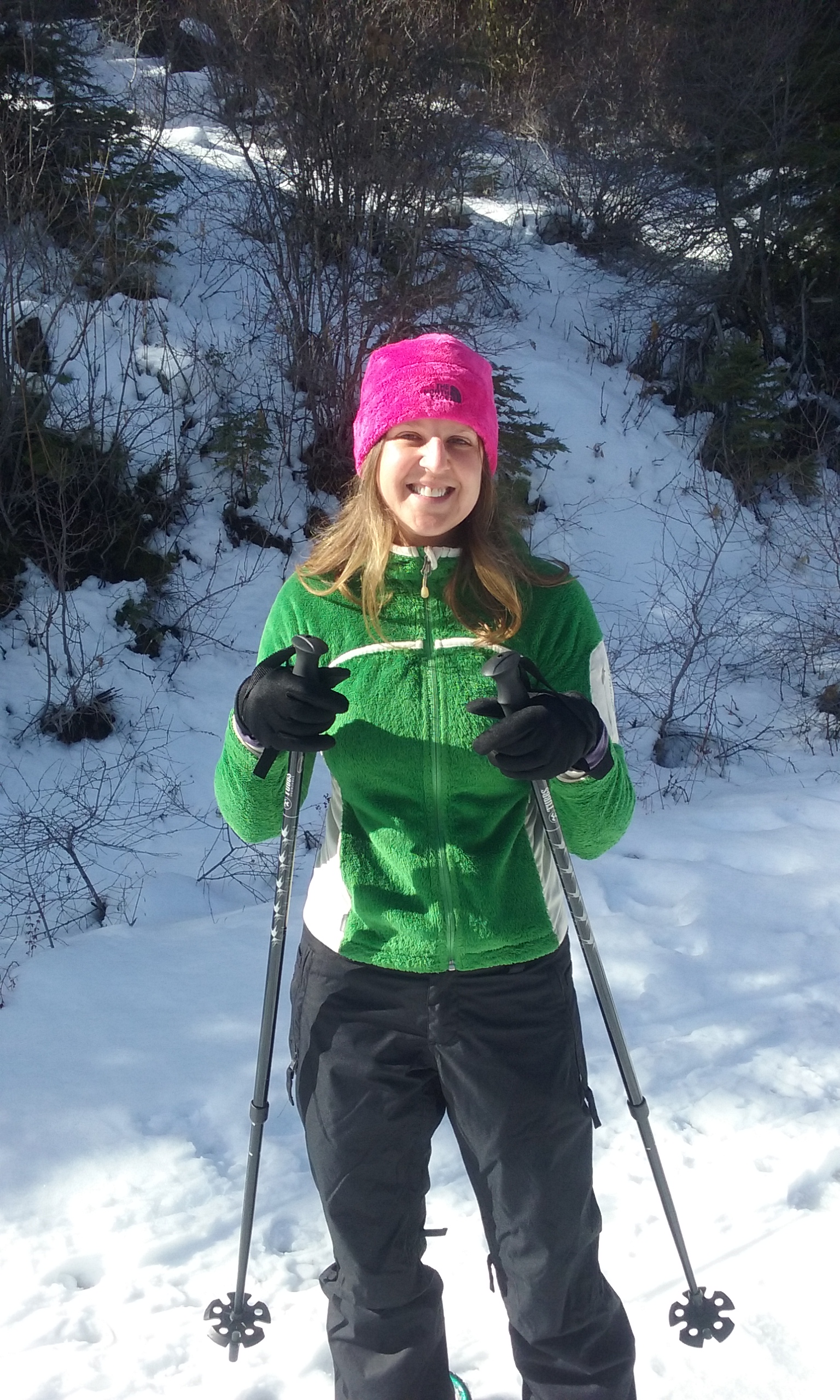Kalmiopsis leachiana:
Heritage Flower Defined By Resilience
Since it was discovered in 1930 by Lilla Leach, the Kalmiopsis leachiana has been coveted by plant lovers.
The little pink flower is endemic to the 180,000-acre Kalmiopsis Wilderness Area, which means it grows nowhere else in the world. It looks like a dwarfed rhododendron, and that’s exactly what it is. The relic species started evolving long before the ice ages, and like many species of its era that have survived, it grows small and sturdy to adapt to a harsh and ever-changing, fire-shaped ecosystem.
To find it growing yourself, cross-reference the Forest Service’s Kalmiopsis and Wild Rogue Wilderness Map, which includes highlighted botanical area locations, with the Gold Beach District Map.
The easiest and most popular bloom is a small one on the Illinois River Trail near York Creek. But more plentiful blooms also exist near Vulcan Lake on the Johnson Butte Trail, as well as in the Bailey Mountain/Cabin area.
Sometimes in late summer there is a bumper bloom, and you can catch a second wave of the flowers, but they tend to grow smaller and in less bounty.
This Memorial Day Weekend (May 24-26) we’ll be working in the vicinity of the Kalmiopsis leachiana. Backpack in about five rugged miles to camp near a botanical area and help brush out sections of the Bailey Mountain Trail.
The Kalmiopsis flower came from a time when less was more, smaller was better, and there was a biologic necessity to live on few resources. That may be a day in age we’re re approaching.
Get details, sign up, and checkout more 2014 trips at www.siskiyoumountainclub.org



One thought on “Discover Kalmiopsis Leachiana”
I have pictures of the flowers blooming from the 1970’s when my hiking buddy from Brookings, Gladys Mann and I took our 4-H hiking clubs into the Kalmiopisis. We had a grand hike, and on the way out came around a corner and saw a most magnificent bear. He was all shiny, and was in the middle of the road. He stood there shaking his head back and forth as if he was thinking, “Why are you people in my forest”. We each had a car load of kids. Thank you for this site, I really enjoyed the information, and comments.